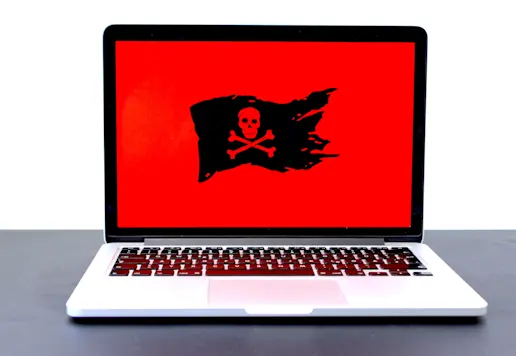Blog Remote Work Security and Patching
Remote work is here to stay. With many Fortune 500 firms committing to remote working, there has been a tectonic shift in how they handle IT security. Notably, remote work security creates new challenges for IT teams that are unprepared to face this new challenge, according to recent data. The most frustrating challenges relate to securing remote systems and implementing remote patch management.
Most employees tend to underestimate the relevance of a regular patch cadence. It comes as no surprise that 60% of all data breaches occur due to improper patch management.
Fortunately, the protected office environment–behind firewalls and peripheral security measures–obscures these mistakes. Additionally, the IT security department can monitor all the devices operating within the office premises. But all these safeguards seem inadequate as soon as employees leave the office. The centralized cybersecurity measures can no longer completely deal with the highly distributed workforce.
Remote workers use multiple devices with different configurations to access data and business software, making it nearly impossible to track each of them. Additionally, the potential surface area for cyber-attacks increases, adding to the cybersecurity teams’ existing challenges.
A recent study by Automox, a cyber hygiene tools provider, found that it takes only three days to patch nearly half of all desktops within the office. On the other hand, only 42% of remote desktops are patched within the same time frame. So, remote desktops present a problem that can quickly snowball into massive cybersecurity gaps, giving hackers easy access to critical data.
With 25-30% of the workforce slated to continue working remotely, companies need to take the right measures to secure their remote endpoint devices. Here is how organizations can do it.
How can firms ensure remote work security through proper patch management?
Here are some steps organizations can take to encourage healthy patch management habits among remote workers.
One of the main issues with maintaining a regular patch cadence is the forced downtime that it causes. But organizations need to make the hard choice between a pause in work or allowing cybersecurity risks to persist. To motivate employees to schedule their work time around a patch update, firms can make it mandatory to update patches within the allotted time.
Another technique to ensure proper patch management is making it consistent. Instead of randomly rolling out patches without informing the employees beforehand, firms should create a fixed patch cadence. On allotted days, the security team can send out patches with a four-day window to apply them.
Employees who fail to follow the cadence can be penalized to ensure compliance.
Many firms are also resorting to the gamification of their patch management. Companies motivate a higher patching frequency by making it a competitive interdepartmental game. The department with the most machines updated wins.
Patch Management tools automate the distribution and application of patches. For instance, a patch-management tool can help you schedule patching activities during low productivity hours.
Organizations can adopt endpoint scanning, which checks remote devices for the latest updates before allowing them into the organizational network. You can adopt similar procedures and tools to secure your organizational network from remote devices that lack the latest patches.
The last factor that can make or break a remote work security strategy is visibility. Inside the office, the IT department has instant access to every device. But in a remote work scenario, this access is severely limited. So, the security team is often unaware of glaring issues regarding remote systems and devices. To deal with this risk, organizations should maintain visibility into all remote devices. Effective monitoring of remote devices can also be achieved by providing official remote devices to employees and discouraging usage of personal devices for work.
The pandemic has ushered in a rapid change in cybersecurity measures. Almost 85% of all IT employees believe that their cybersecurity and disaster recovery plans require at least some changes to accommodate the challenges created by remote work security. Also, 92% of these employees believe that the security of company-owned devices used from home is a critical concern. Patching is simply the first step in building a secure remote work environment that does not compromise the organization in any way.
Featured Posts

June 12 - Blog
What is an Initial Access Broker?
What is an initial access broker? With the emergence of Ransomware as a Service, operators often rely on initial access brokers to obtain an initial foothold on the network. Learn more today.

May 31 - Blog
New Ransomware Technique Emerges: Fake Ransomware Support
A new ransomware scam uses fake tech support tricking victims into paying for their files back: a novel technique designed to socially engineer victims among a number of fake ransomware attacks.

May 23 - Blog
Attack Surface Mapping for Proactive Cybersecurity
What is the Attack Surface and why does it matter? This article outlines the process of Attack Surface Mapping to ensure a comprehensive and proactive cybersecurity program.







